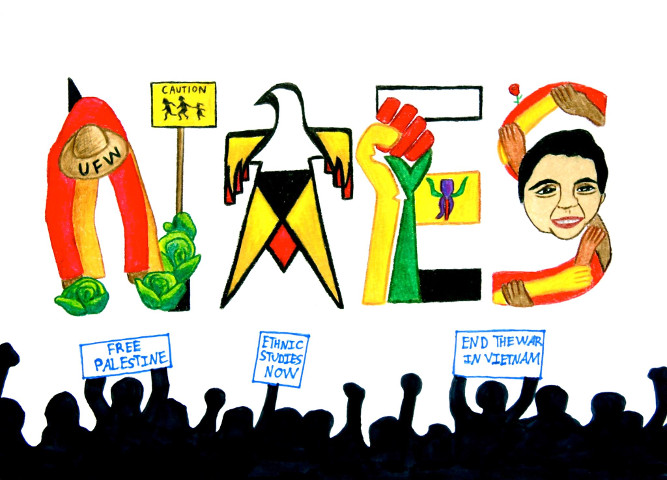Ethnic Studies Review

Orginal Publication Date
2007
Journal Title
Ethnic Studies Review
Volume
30
Issue
esr/vol30/iss1
First Page
75
Last Page
92
Abstract
According to the 2000 census, over 12 million Asian Americans, almost 70 percent of them either immigrants who came to the U.S. after 1970 or their children, comprised an ethnically and socioeconomically diverse population that was more regionally dispersed throughout the U.S. than ever before. (Lai and Arguelles, 2003). Despite these transitions and increasing heterogeneity, discourses about Asian American communities have focused on ethnic enclaves such as Chinatowns, Koreatowns, and Little Saigons where coethnic residents, businesses, services, institutions and organizations exist and interact in urban or suburban physical spaces of the bicoastal United States (Fong, 1994; Li, 1999; Zhou and Bankston, 1988). According to Kathleen Wong (Lau), these tangible markers tied to space are often privileged as authentic Asian American communities while those without demographic concentrations and geographically bound enclaves are "less advanced" communities; as a result, "[w]hat is not recognized in the literature is the 'localness' of this production." [1997:83].
Rights
Copyright ©ESR, The National Association for Ethnic Studies, 2007



Comments
Contributions from applied research and literature: understanding the challenges of community, social and cultural formations